Nuwaraliya
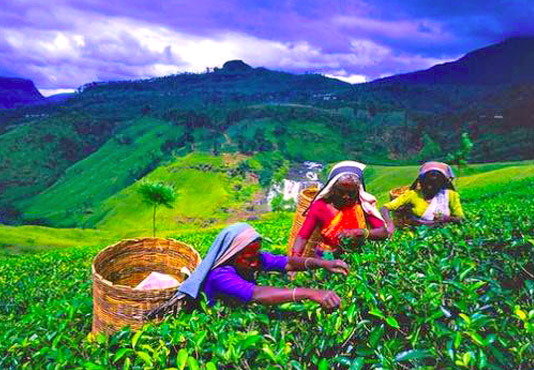
Nuwara Eliya is often referred to by the Sri Lankan tourist industry as ‘Little England’. While most British visitors struggle to recognise modern England in Nuwara Eliya, the toy-town ambience does have a rose-tinted English country village feel to it, though it comes with a disorienting surrealist edge. Three-wheelers whiz past red telephone boxes.
You May Also Like
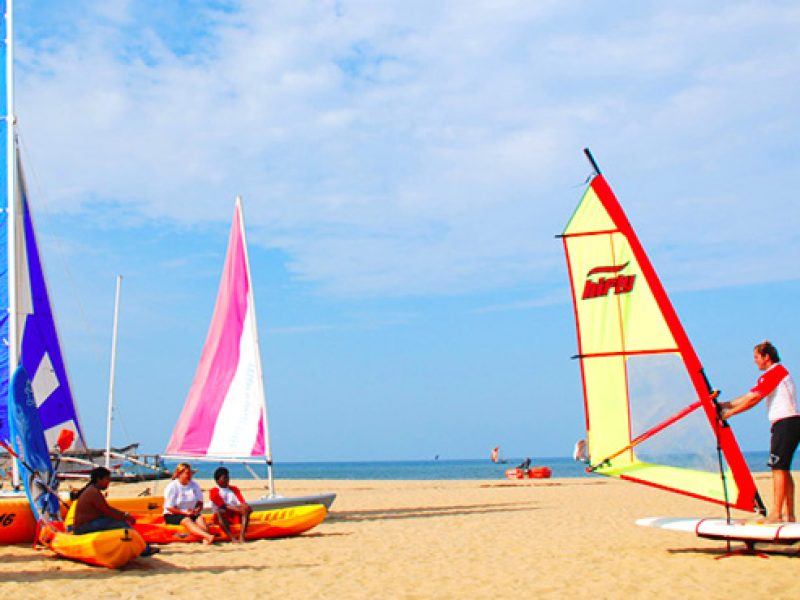
Negombo
Fishing & Water Sports in Negombo – Watersports in Negombo are centred on the lagoon, although they are not as extensive as, say, in Bentota or Mirrissa further south. The watersports centre at The Beach can advise, as well as provide equipment and coaching. Old fishing crafts such as the `oruwa’ or catamaran with its […]
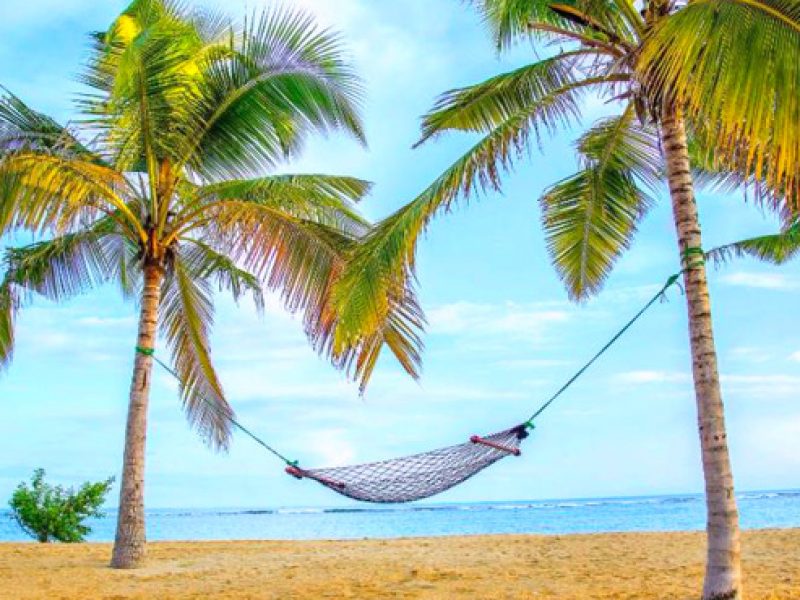
Pasikudah
Located south of Trinco, Pasikudah and Kalkudah are fishing villages that were at one time, popular beach destinations similar to Hikkaduwa in the south. Up until the early 1980s, small beach shack cafes and guesthouses lined the shores of Kalkudah. Now several boutique hotels line the bay and offer a range of watersports from jet […]
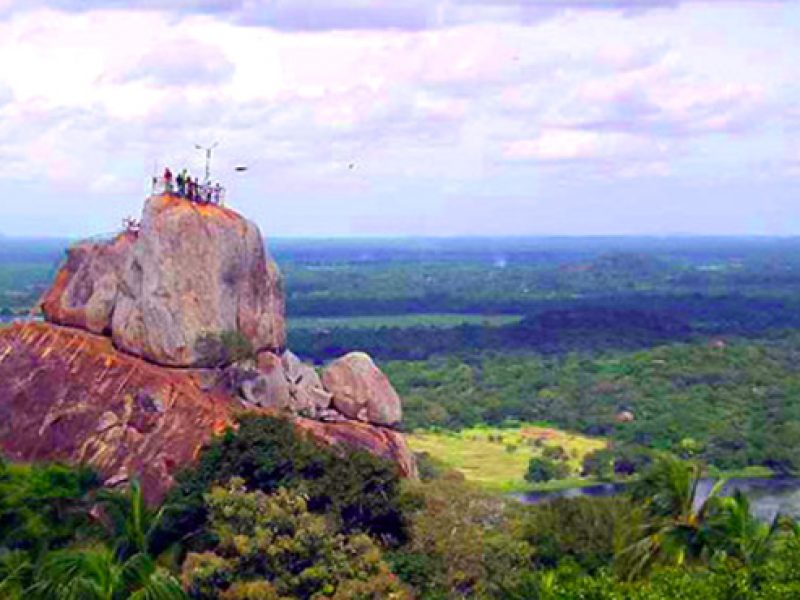
Mihintale
One of Sri Lanka’s most significant religious sites, Mihintale lies 13kms east of Anuradhapura and is where Buddhism originated on the island. In 247 BC King Devanampiya Tissa of Anuradhapura, was deer hunting on the plains beneath Mihintale, and met Mahinda, son of the Indian Buddhist emperor, and chose the path of Buddhism for the […]
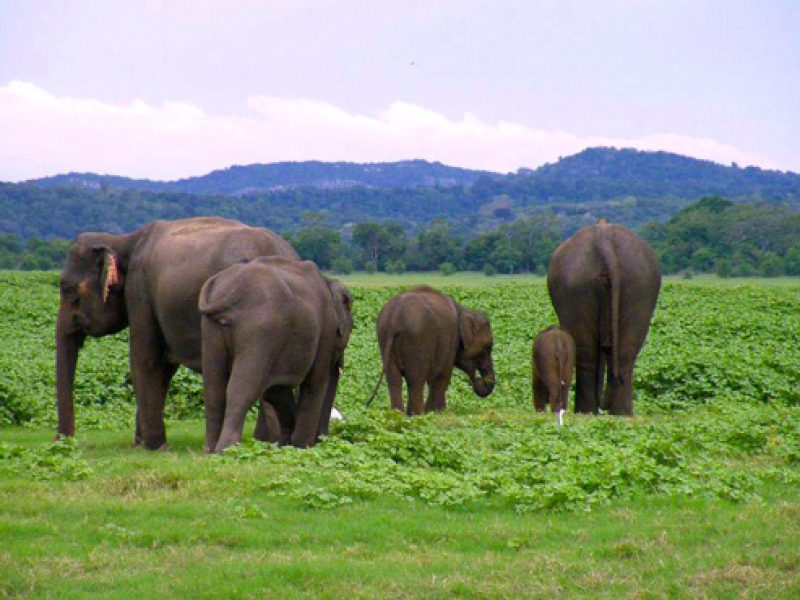
Habarana
Spend a morning in the remote village of Hiruwadunna and experience Sri Lanka’s unhurried rural village life. This is a beautiful setting where the villagers go about their daily lives with the greatest respect to nature. Take a bumpy, cattle-drawn bullock cart ride pass paddy fields and the village temple. Join a fisherman in his […]